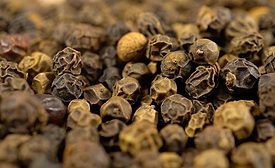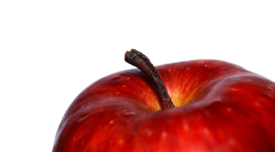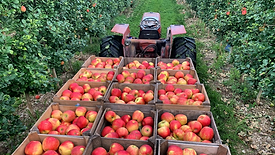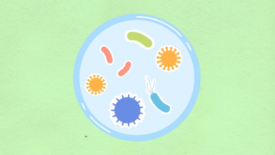Home » Keywords: » food contact surfaces
Items Tagged with 'food contact surfaces'
ARTICLES
Cold plasma is a novel, promising technology that has shown abundant possibilities for disinfection in food processing environments
Read More
New Uses for Existing Technologies to Reduce the Risk of Persistent Pathogens on Surfaces in Retail Foodservice
The need remains for a continuous means of sanitizing and disinfecting high-touch and other environmental surfaces where persistent microbial pathogens can be found
June 12, 2023
Never miss the latest news and trends driving the food safety industry
eNewsletter | Website | eMagazine
JOIN TODAY!Copyright ©2025. All Rights Reserved BNP Media.
Design, CMS, Hosting & Web Development :: ePublishing








